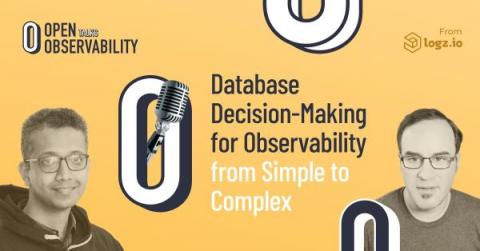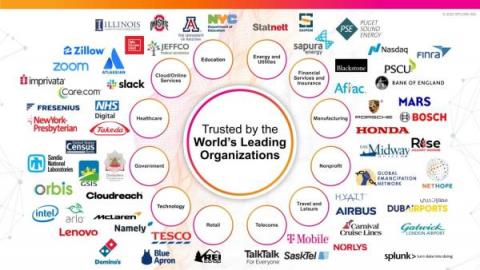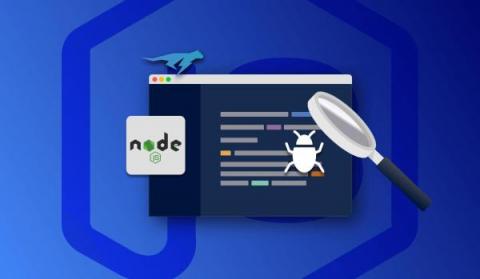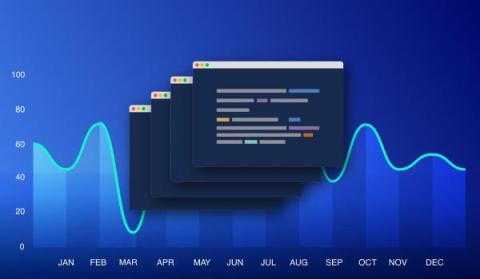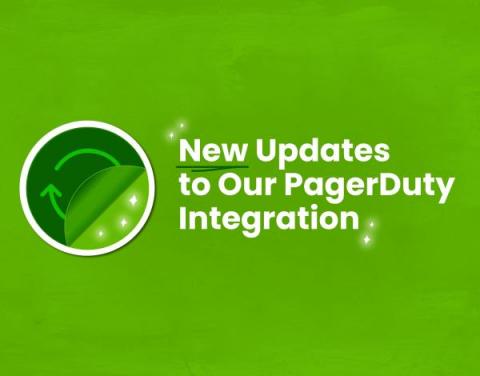Running the OpenTelemetry Collector in Azure Container Apps
In this post, we’ll look at how to host the OpenTelemetry Collector in Azure Container Apps. There are a few gotchas with how it’s deployed, so hopefully this will stop you from hitting the same issues. If you don’t care about the details and just want to run a script, I’ve created one here.



